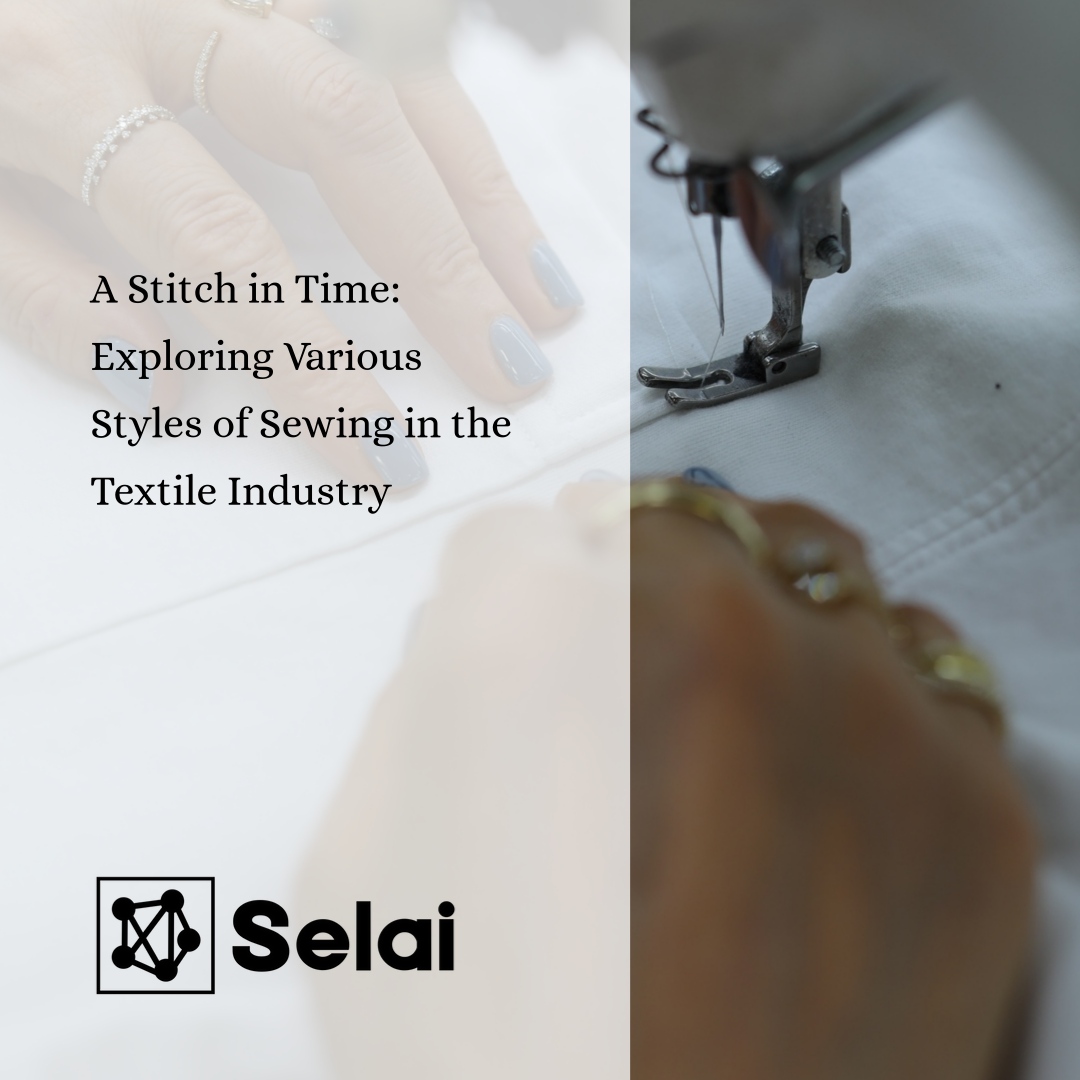
Sewing is the heartbeat of the textile industry, an art form that weaves together fabric, function, and fashion. From traditional techniques passed down through generations to cutting-edge technology, the textile industry boasts a wide array of sewing styles. In this blog post, we’ll take a journey through the diverse world of sewing techniques that fuel the textile industry.
- Traditional Hand Sewing
Hand sewing is where it all began. This age-old technique involves the use of a needle and thread to create stitches by hand. It’s still a vital part of the industry, especially in the creation of couture garments and delicate textiles. Hand sewing allows for precision and customization, making it a cornerstone of craftsmanship.
- Machine Sewing
In the textile industry, time is money, and sewing machines are the workhorses that keep production lines moving. From straight stitch to zigzag, sergers to computerized embroidery machines, sewing technology has come a long way. These machines enable the mass production of clothing, home textiles, and more, with speed and precision.
- Industrial Sewing
Industrial sewing takes machine sewing to the next level. Industrial machines are designed for heavy-duty use and can handle a wide range of materials, from leather to canvas. They are the backbone of the textile industry, churning out everything from clothing and footwear to upholstery and automotive interiors.
- Quilting
Quilting is a specialized sewing technique that layers fabric and batting to create intricate designs. It’s not only a cherished craft but also a vital component of the textile industry. Quilting machines are used to produce everything from cozy blankets to mattress covers and even automotive interiors.
- Embroidery
Embroidery is the art of decorating fabric with intricate designs and patterns using specialized sewing machines or hand-stitching. In the textile industry, embroidery adds a touch of elegance to clothing, accessories, and home furnishings, elevating their aesthetic appeal.
- Pattern Making
Pattern-making is the foundation of garment construction. Pattern makers use precise measurements and design principles to create templates that guide the cutting and assembly of fabric. These templates ensure that every piece of clothing fits perfectly.
- Tailoring
Tailoring is the epitome of personalized fashion. Tailors create made-to-measure garments, ensuring an impeccable fit and style tailored to individual preferences. The skill of tailoring is highly regarded in the fashion and textile industry.
- Automated Sewing
As technology advances, automated sewing systems are becoming more prevalent in the textile industry. These robotic systems can perform repetitive sewing tasks with incredible speed and accuracy, making them invaluable in large-scale production.
- Sustainable Sewing
With a growing emphasis on sustainability, the textile industry is embracing eco-friendly sewing practices. This includes using recycled materials, reducing waste, and exploring innovative techniques like zero-waste pattern-making.
Sewing is the thread that binds the textile industry together. It encompasses an incredible range of styles, from hand-sewn couture garments to high-speed industrial production. Each sewing technique plays a crucial role in bringing textiles to life, whether it’s clothing, furnishings, or automotive interiors.
As the textile industry continues to evolve, so too will the art of sewing. New technologies and sustainable practices are reshaping the landscape. Whether you’re a seamstress, a fashion designer, or simply an enthusiast, sewing remains a timeless skill and an essential part of the rich tapestry of the textile industry. So, whether you’re creating intricate embroidery or operating a state-of-the-art sewing machine, remember that every stitch contributes to the fabric of our world.
